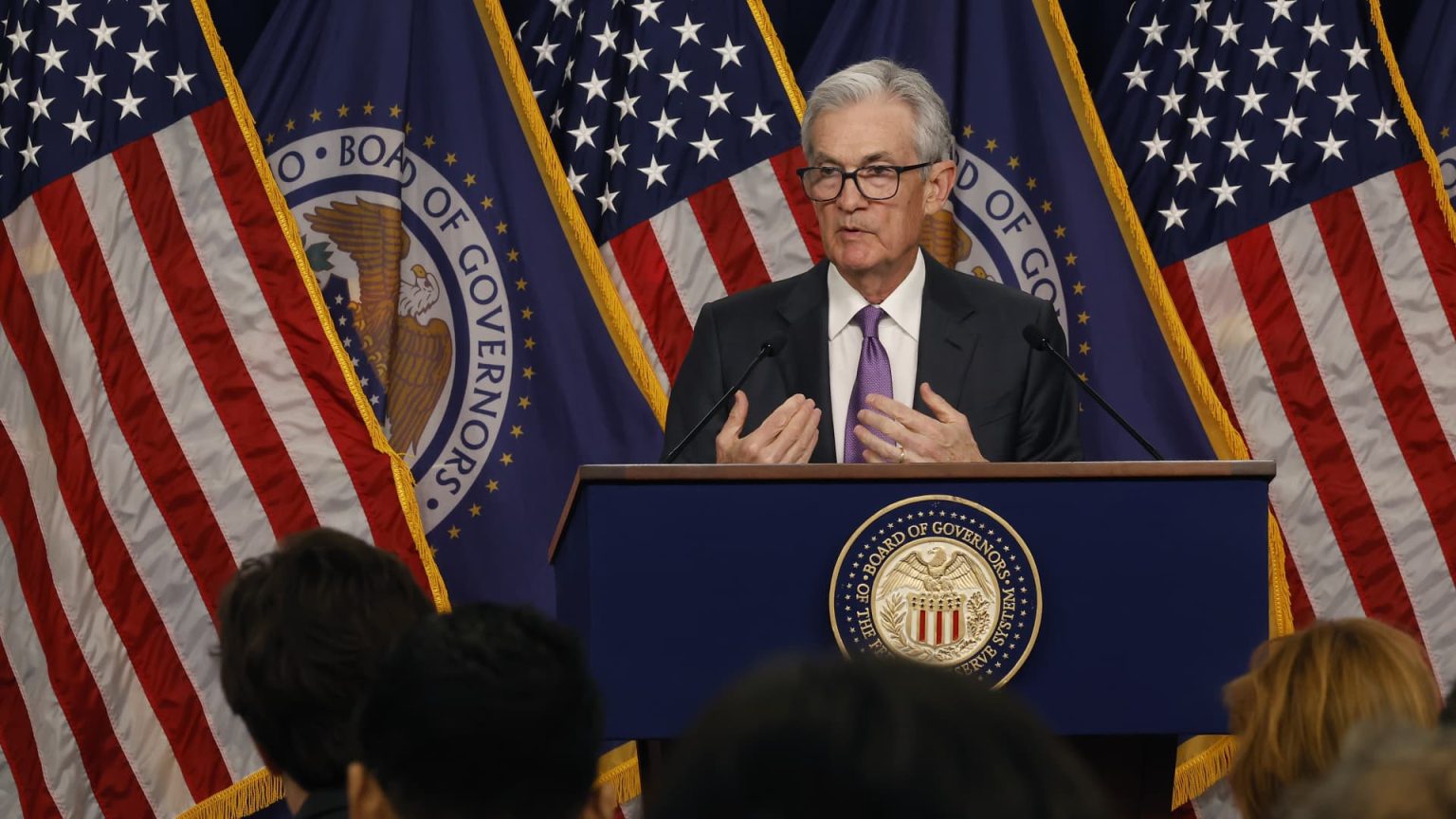Federal Reserve Chair Jerome Powell emphasized that the central bank’s interest rate decisions are not influenced by politics, including the U.S. presidential election. He stated that making rate decisions based on factors other than economics could lead to negative consequences and emphasized that the pending election is not a consideration in their decision-making process.
Powell also stressed the importance of ensuring a smooth reduction of the balance sheet to avoid market turmoil, rather than providing accommodation to the economy. Additionally, he downplayed concerns of “stagflation” following a recent GDP report, citing solid price increases and economic growth measures that do not suggest stagflation.
Following Powell’s comments, stocks rallied as he indicated that it is unlikely the next policy rate move will be a hike. The market reacted positively to this news, with major averages jumping sharply higher. Powell explicitly ruled out the possibility of a rate hike during the June meeting, citing the need for persuasive evidence that the current policy stance is not restrictive.
While the Federal Reserve has expressed a desire for “greater confidence” on inflation falling toward 2%, Powell acknowledged that they have not achieved that yet this year. The central bank is willing to maintain the current target federal funds rate until there is sufficient evidence of progress towards their inflation goal.
As the Fed continues to monitor the labor market for signs of weakness, Powell assured that they are prepared to respond to any unexpected changes. The central bank’s dual mandate of stable prices and maximum employment guides their decision-making process, with a focus on maintaining consistency for investors.
Economists and analysts have varying perspectives on the Fed’s recent actions, with some predicting rate cuts later this year based on the central bank’s statements. Market participants are eagerly awaiting the Fed’s next moves, with a close eye on inflation data and labor market trends to gauge the timing of any potential rate adjustments. Ultimately, the Federal Reserve’s decisions will be driven by economic indicators and their commitment to achieving their inflation target without causing market disruptions.













